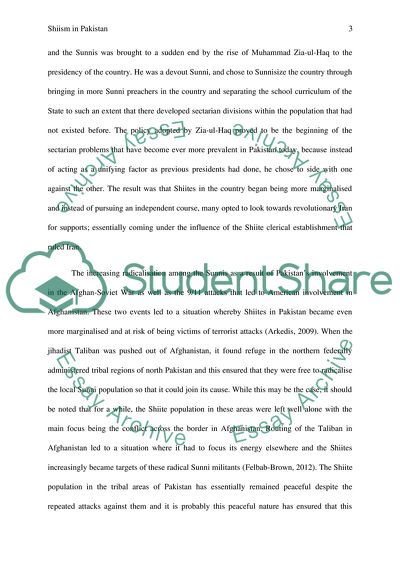Cite this document
(Shiism in Pakistan Case Study Example | Topics and Well Written Essays - 3000 words, n.d.)
Shiism in Pakistan Case Study Example | Topics and Well Written Essays - 3000 words. https://studentshare.org/religion-and-theology/1877821-discuss-and-analyse-shiism-in-pakistan
Shiism in Pakistan Case Study Example | Topics and Well Written Essays - 3000 words. https://studentshare.org/religion-and-theology/1877821-discuss-and-analyse-shiism-in-pakistan
(Shiism in Pakistan Case Study Example | Topics and Well Written Essays - 3000 Words)
Shiism in Pakistan Case Study Example | Topics and Well Written Essays - 3000 Words. https://studentshare.org/religion-and-theology/1877821-discuss-and-analyse-shiism-in-pakistan.
Shiism in Pakistan Case Study Example | Topics and Well Written Essays - 3000 Words. https://studentshare.org/religion-and-theology/1877821-discuss-and-analyse-shiism-in-pakistan.
“Shiism in Pakistan Case Study Example | Topics and Well Written Essays - 3000 Words”. https://studentshare.org/religion-and-theology/1877821-discuss-and-analyse-shiism-in-pakistan.


